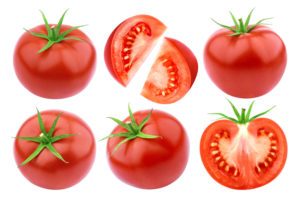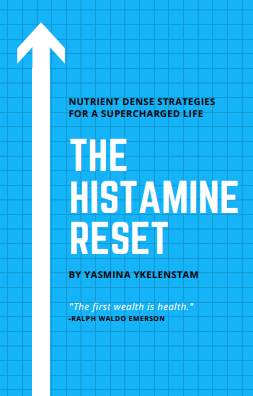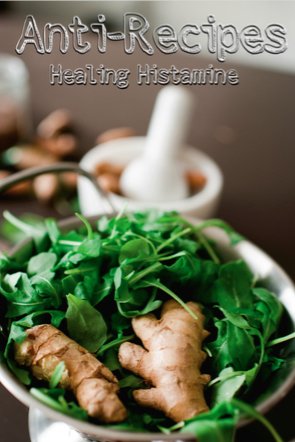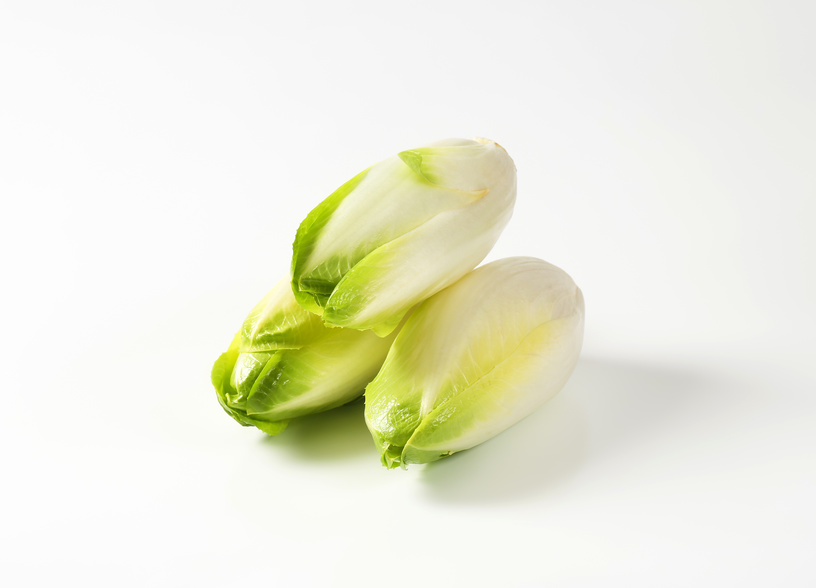 Post updated 24/1/2018 to clarify choice of photo.
Chicory root has significant antihistamine and anti-inflammatory properties. In research studies it has even interrupted the IgE allergic response cascade, thereby preventing anaphylaxis. It has an incredible number of other benefits, and many more ways to easily be worked into our diet (like as a coffee substitute). Please remember, any food can hurt, so consult with your doctor before adding anything new, and I would not recommend that anyone try eating chicory to fight an allergic response.
A more palatable way of enjoying chicory’s properties without the extreme bitterness is to enjoy chicory (pictured above) which is a high fiber, root vegetable. Its leaves are used in cooking or in salads. Fun fact: nearly all coffee consumed in India contains some chicory root. It’s an important part of Ayurvedic traditional medicine (something I keep coming across).
Post updated 24/1/2018 to clarify choice of photo.
Chicory root has significant antihistamine and anti-inflammatory properties. In research studies it has even interrupted the IgE allergic response cascade, thereby preventing anaphylaxis. It has an incredible number of other benefits, and many more ways to easily be worked into our diet (like as a coffee substitute). Please remember, any food can hurt, so consult with your doctor before adding anything new, and I would not recommend that anyone try eating chicory to fight an allergic response.
A more palatable way of enjoying chicory’s properties without the extreme bitterness is to enjoy chicory (pictured above) which is a high fiber, root vegetable. Its leaves are used in cooking or in salads. Fun fact: nearly all coffee consumed in India contains some chicory root. It’s an important part of Ayurvedic traditional medicine (something I keep coming across).
CHICORY AS AN ANTIHISTAMINE & MAST CELL STABILISING FOOD
The scientific research shows that this lovely vegetable family, which happens to be one of my all time favourites, is very effective at stopping histamine release from mast cells. This is important because mast cells are a source of histamine that could be preventing a low histamine, or histamine restricted diet, from working. Allergens, bacteria, viruses, parasites, stress, chemicals, pressure, vibration, heat, cold, all trigger the release of histamine from mast cells. So while minimising histamine intake from foods might work in the short term, preventing mast cells from releasing histamine, and other inflammatory agents that compound the symptoms of histamine, is paramount. I explain it all here.CLICK HERE FOR A FOUR WEEK HISTAMINE RESET WITH MEAL PLANNERS, STRESS RELIEF STRATEGIES & MORE
CHICORY BENEFITS
- High in fiber
- Low in net carbs
- Protects the kidneys
- Protects the stomach
- Protects the heart
- Fights free radical damage
- May prevent osteoporosis
- Helps control pain
- Helps wound healing
- Provides the kind of fiber that beneficial gut bacteria adore
HOW TO EAT CHICORY
- I eat a head of chicory for breakfast, along with a handful of pecans or soaked almonds, and a few blueberries. A few ways to cook/eat it:
- Cut in half and drizzle with a little olive oil, salt and pepper (white pepper is what I use), and lemon (people just starting out might still be reactive to lemon – read about how to manage the inflammation bucket here)
- Chop up and serve in a salad
- Peel off individual leaves and use to scoop up home made hummus and other dips
- Cut into quarters and drizzle with oil, then grill in the oven
- Cut into quarters and lightly pan cook with some other veggies or some animal protein
- Drink as a coffee (you’ll find chicory coffee online and in health food stores)
- Use as a powder fiber supplement (online and in health food stores)
- Try as a substitute sweetener
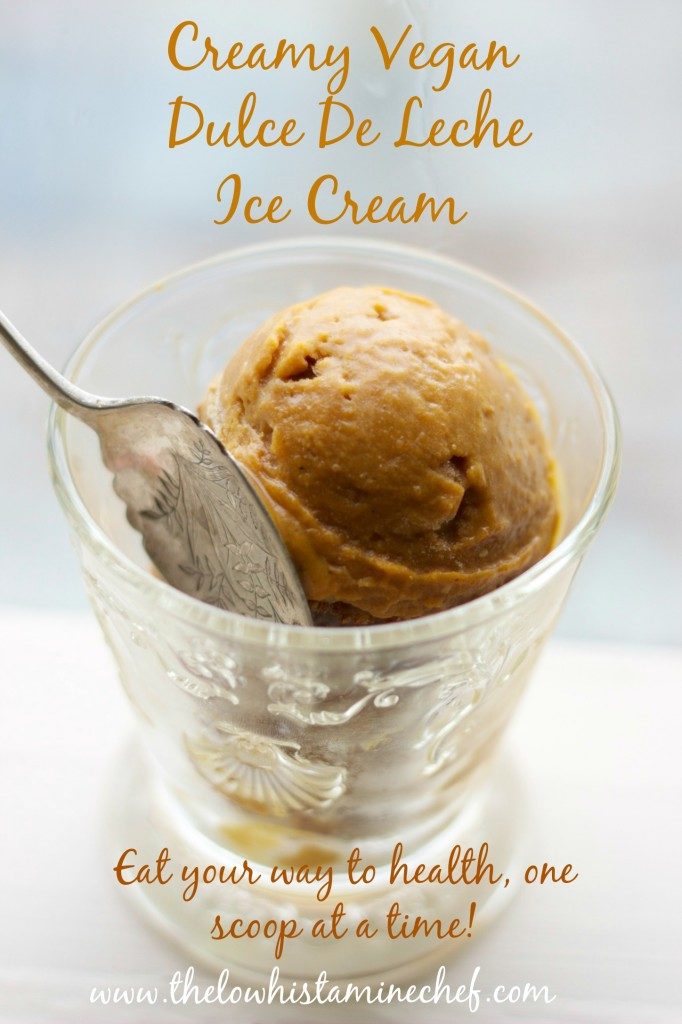
CHICORY AS A LOW CARB and LOW glycemic sweetener
I’ve been exploring a bunch of sweeteners recently. Today I tried baking with chicory root powder. That was not a winner. I understood why it’s used as a coffee substitute! It tasted quite bitter, but I hate coffee thankfully, but it might be an interesting option for cutting down on sugar and carbs in a recipe that calls for that flavour. What was a definite yes was an ice cream made from young Thai coconut meat, chicory root blended in, a little monk fruit powder (read the post on it here). I added in a blueberry swirl made with freeze dried fruit. I’ll share the recipe when I’m done messing with it, but in the meantime you could try adapting my creamy butternut squash ice cream recipe here. I would think you could replace some/all of the sugar with whole chicory or powdered. I’ve been seeing that commercial “healthy” ice creams are using chicory as an emulsifier. You’ll find more recipes like this in my books Anti-Recipes and The Anti-CookbookCLICK HERE FOR A FOUR WEEK HISTAMINE RESET WITH MEAL PLANNERS, STRESS RELIEF STRATEGIES & MORE
——– REFERENCES ——–“INHIBITORY EFFECT OF MAST CELL-MEDIATED IMMEDIATE-TYPE ALLERGIC REACTIONS BY CICHORIUM INTYBUS.” Pharmacological Research, Academic Press, 26 Mar. 2002, www.sciencedirect.com/science/article/pii/S1043661899904747.
Minaiyan, Mohsen, et al. “Preventive Effect of Cichorium Intybus L. Two Extracts on Cerulein-Induced Acute Pancreatitis in Mice.” International Journal of Preventive Medicine, Medknow Publications & Media Pvt Ltd, May 2012, www.ncbi.nlm.nih.gov/pmc/articles/PMC3372077/.
Rizvi, Waseem, et al. “Anti-Inflammatory activity of roots of Cichorium intybus due to its inhibitory effect on various cytokines and antioxidant activity.” Ancient Science of Life, Medknow Publications & Media Pvt Ltd, 2014, www.ncbi.nlm.nih.gov/pmc/articles/PMC4342649/.
Oliver, Kyra. “Why You Should Replace Coffee with Chicory Root.” Dr. Axe, 14 June 2017, draxe.com/chicory-root/.





